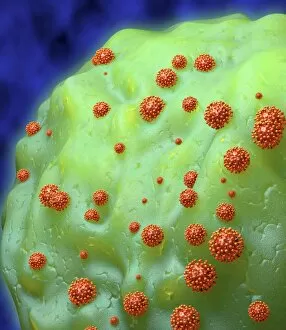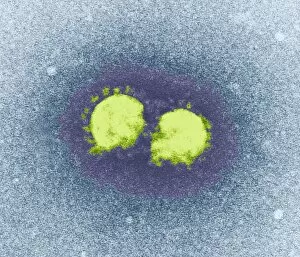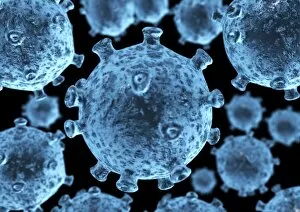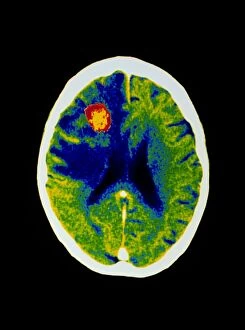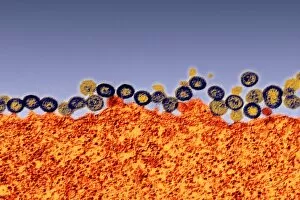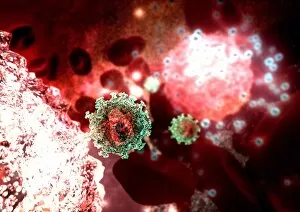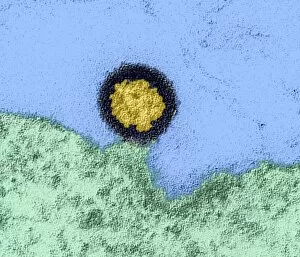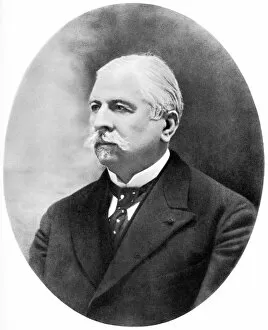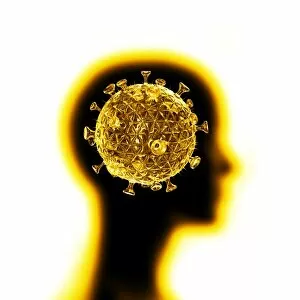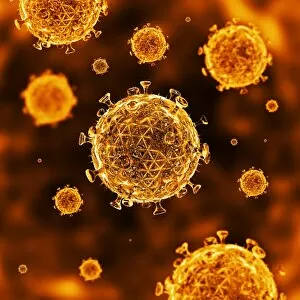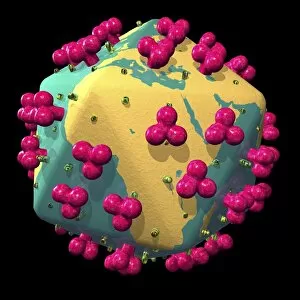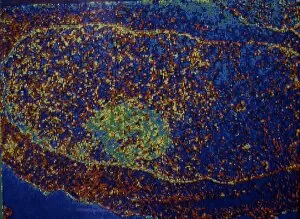Syndrome Collection (#3)
"Unraveling the Syndrome: From HIV to Coronavirus, a Tale of Unique Beauty" In the microscopic world, hidden within our bodies
For sale as Licensed Images
Choose your image, Select your licence and Download the media
"Unraveling the Syndrome: From HIV to Coronavirus, a Tale of Unique Beauty" In the microscopic world, hidden within our bodies, lies a perplexing phenomenon known as syndrome, and is like an enigma wrapped in complexity, with each discovery revealing new layers of understanding. At its core, syndrome encompasses various conditions and diseases that have left an indelible mark on human history. One such instance is the Human Immunodeficiency Virus (HIV), a minuscule particle that has caused immense devastation worldwide. Its reverse transcription enzyme acts as a cunning infiltrator, hijacking our immune system and leaving it vulnerable to opportunistic infections. The battle against this relentless virus continues even today. Similarly captivating are the coronavirus particles observed under Transmission Electron Microscopy (TEM). These tiny structures hold immense power over our lives, causing pandemics that shake societies to their core. Their intricate design serves as a constant reminder of how fragile we truly are in the face of nature's wrath. But syndromes aren't limited to viruses alone; they can also be found in historical accounts. Take Charles II, known as "the Bewitched, " who reigned over Spain from 1661 to 1700. Afflicted by numerous health issues due to his lineage's intermarriage practices, he became a symbol of both fascination and pity during his tumultuous reign. Yet amidst these tales of affliction lies unique beauty waiting to be discovered. Each syndrome carries its own story—a testament to resilience and human adaptability in the face of adversity. We may not fully comprehend all aspects just yet but unraveling their mysteries brings us closer to unlocking medical breakthroughs that could change countless lives for the better. As scientists delve deeper into research laboratories around the world—13132609. . 13132608. . 13132607. . 13132606. . 13132605. . and finally 13132604—they tirelessly work towards deciphering these complex syndromes.

